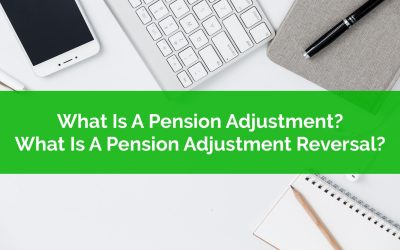Congratulations! You’re on the waitlist!
We will e-mail you before the bootcamp launches for an exclusive preview.
Check out our latest blog posts…
Four Easy Ways To Save Money Each Month
There are lots of easy ways to save money each month but these four are probably the easiest.
Saving and investing on a regular basis is a key way to achieve financial goals. Creating a strong habit is important to accumulating a significant amount of wealth. Without a regular habit of saving and investing it can be quite difficult to make significant progress.
Even a small change can have a significant impact if it’s done consistently over a long period of time. There isn’t a big difference between financial success and financial stress. Even as little as $10/day can have an enormous impact over the course of a few years. Extrapolated over decades the difference is staggering.
Thankfully with technology this can be made quite easy. There are a few simple ways to save money each month. And accounts like the TFSA and RRSP make that even easier. They allow contributions to compound tax free, providing a significant boost to savings and investments.
There are a few easy ways to save money each month. The four ways we’ll focus on in this post all use automation. They take advantage of programs or systems that already exist. This helps make it easier to setup and maintain a healthy savings habit.
Automation is great, it helps maintain a good habit, and it makes it easy to “set it and forget it”. Best of all, automation means that we typically don’t even see this happening each month. By automating contributions to savings and investments we hardly miss the money being funneled away for future goals.
What Is The Cost Of Mortgage Deferral?
Having the option to defer mortgage payments has been a great source of relief for many Canadians. The large banks introduced options to defer up to 6-months of mortgage payments. But what is the cost of mortgage deferral and how does your mortgage change in the future?
The option to defer mortgage payments has been incredibly helpful for those with reduced income or cash flow. It’s provided an enormous amount of relief. It’s even allowed some people to build up a small amount of emergency savings (a personal finance best practice).
But what is the cost of these reduced payments? How will interest be accrued? What options do you have to reduce this accrued interest in the future?
In this post we’re going to use our free debt calculator to estimate the cost of mortgage deferral. We’re going to explore how the deferral impacts both short-term and long-term finances. Plus we’ll look at how different repayment options may impact the total amount of interest paid and the length of time to mortgage freedom.
What Is A Pension Adjustment? What Is A Pension Adjustment Reversal?
What is a pension adjustment? What is a pension adjusted reversal? If you’ve recently done your taxes or received your notice of assessment you may be wondering what these terms mean. You may have noticed large amounts of money being attributed to these items. You also may have noticed that they affect your available RRSP contribution room.
Anyone with a registered pension plan (RPP) or deferred profit sharing plan (DPSP) will notice that they’re receiving a pension adjustment.
The purpose of the pension adjustment is simple, it’s meant to equalize registered assets between those with employer sponsored pensions and those without. It reduces RRSP contribution room for those who receive (or will receive) benefits from a pension plan or deferred profit sharing plan.
The maximum anyone can put into their RRSP is 18% of previous years earned income up to the annual max. The pension adjustment reduces this new RRSP contribution room, sometimes to nearly nothing, in an attempt to make things more fair. The idea is that the maximum that can be put into registered savings (either pension, DPSP or RRSP) should be fair for everyone.
To do this effectively we need the pension adjustment (PA) and when people leave a pension or deferred profit sharing plan we need a pension adjustment reversal (PAR) (more on that later).



